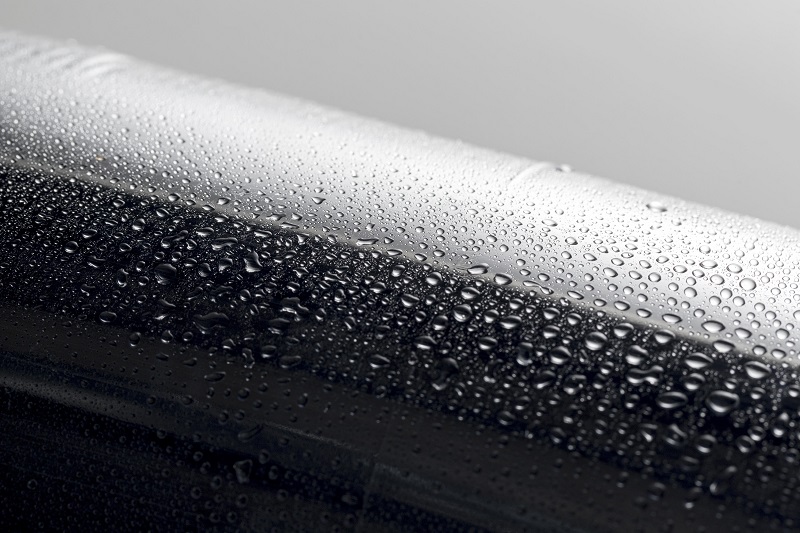
Differences Between the Industrial Humidification Methods
When you’re deciding on an industrial humidification system, understanding the key differences between isothermal, vaporizing, and adiabatic methods is essential. You’ll find each type brings unique benefits and challenges, especially when it comes to precision, cost, and energy needs. But it’s not just about performance—factors like water quality and ongoing maintenance often tip the scales. So, how do you know which system actually suits your operation best?
Overview of Industrial Humidification Technologies
When selecting a humidification system for industrial settings, three main technologies are commonly considered: Isothermal (steam humidification), Vaporizing, and Adiabatic methods. Each technology has distinct characteristics suited to different facility requirements.
Isothermal humidification involves heating water to generate steam, which allows for precise humidity control and offers hygienic advantages. However, it's associated with higher energy consumption. Vaporizing humidification involves placing units within ducts or air handlers. While these units are cost- effective, they may face challenges in maintaining precise humidity levels and require regular maintenance. Adiabatic humidification utilizes external energy to atomize water, which provides a cooling effect and results in reduced operational costs.
The choice of a humidification system should be based on an assessment of operational priorities, efficiency needs, and environmental considerations. For more details and solutions tailored to industrial environments, explore the latest advancements in commercial humidification.
Isothermal (Steam-Based) Humidification Methods
Among the various industrial humidification technologies, isothermal or steam-based methods are notable for their ability to offer precise humidity control and maintain high hygiene standards.
Isothermal humidification employs steam humidifiers to produce clean steam by heating water, which is especially beneficial in sensitive environments such as clean rooms and laboratories.
The types of steam humidifiers include gas-fired, steam exchange, electrode steam, and resistance steam humidifiers, each characterized by distinct efficiencies and maintenance requirements.
These systems allow for accurate humidity regulation and can be easily integrated into existing HVAC systems.
However, it's important to note that isothermal humidifiers generally lead to increased energy consumption and higher operational costs.
Vaporizing Humidification Systems
Vaporizing humidification systems provide a basic and cost-effective method for introducing moisture into the air.
These systems are commonly installed in ducts or air handling units, with examples including air washers and drop osmosis systems.
However, they often face challenges in maintaining precise humidity control. Due to the absence of visible mist or steam, regulating humidity levels in large or sensitive environments can be difficult.
Regular maintenance is required, as issues with humidification control can affect operational efficiency.
Though economical, vaporizing humidification systems may not consistently deliver the reliable humidity l evels and air quality necessary for certain industrial applications.
Adiabatic (Cool Mist) Humidification Approaches
Adiabatic humidification is a process that involves the evaporation of water to increase humidity levels while simultaneously cooling the environment. This method utilizes energy-efficient techniques, such as fans or pumps, to produce a fine mist of water vapor.
As these droplets evaporate, they absorb heat from the surrounding air, leading to a cooling effect, which is particularly beneficial in hot industrial settings. Systems like centrifugal, ultrasonic, or high-pressure humidifiers enable precise control over humidity levels.
Compared to isothermal methods, adiabatic humidification is more energy-efficient due to its lower energy requirements. Regular maintenance is crucial to ensure the reliable operation of these advanced systems.
Water Quality and Treatment Considerations
Advanced humidification systems, such as adiabatic systems, offer efficient and precise control, but the quality of water used is crucial to both system performance and air purity.
In industrial settings, utilizing low-mineral water can significantly reduce dust and airborne contaminants, which is particularly important in sensitive manufacturing environments.
Demineralized water is effective at preventing scaling; however, it also poses a risk of bacterial growth, necessitating the use of UV sterilization to maintain water quality.
It's important to prevent water from stagnating, as stagnant water can promote microbial growth and lead to hygiene problems.
In clean steam humidifiers, using softened water can prevent mineral buildup and protect stainless steel vessels from corrosion.
This ensures consistent and hygienic operation of the humidification system without compromising product quality.
Cost and Efficiency Comparisons of Humidification Systems
When selecting an industrial humidification system, it's important to consider both cost and efficiency to identify the most suitable option for your facility.
High-pressure cold-water fogging systems are generally the most economical, offering approximately
67% savings on installation expenses compared to steam heat exchanger systems. In terms of operation, these systems incur lower costs, approximately $0.02 per 100 lbs. of humidification, thus proving to be energy-efficient, particularly in large-scale settings.
In contrast, steam heat exchangers, while effective in controlling humidity, involve higher initial and ongoing costs.
Electric canister systems and high-pressure fog units provide a compromise, delivering a balance between cost-effective operation and dependable performance among available humidification solutions.
Key Factors in Selecting the Right Industrial Humidifier
When selecting an industrial humidifier, it's important to assess the specific requirements of your facility, including the intended application and the desired humidity levels. Different humidification methods—such as isothermal, adiabatic, or vaporizing—should be considered, as each method offers distinct advantages in terms of control and efficiency for various environments.
Key factors to consider include installation costs, energy consumption, and maintenance requirements. For instance, adiabatic systems generally offer lower energy consumption and simpler maintenance, whereas steam-based systems are more suitable for facilities with existing steam infrastructure. Additionally, geographic climate and its impact on air quality shouldn't be overlooked, as certain humidifiers, like clean steam options, can improve air purity in sensitive areas.
Conclusion
When you’re choosing an industrial humidification system, consider your application’s needs and priorities. Isothermal methods give you precise control but cost more, while vaporizing systems save money yet lack accuracy. Adiabatic humidifiers offer energy savings and cooling, though they require proper water treatment. Weigh factors like maintenance, water quality, and operational costs to make the best decision for your facility. The right choice guarantees ideal humidity, efficient operation, and reliable performance in your industrial environment.
